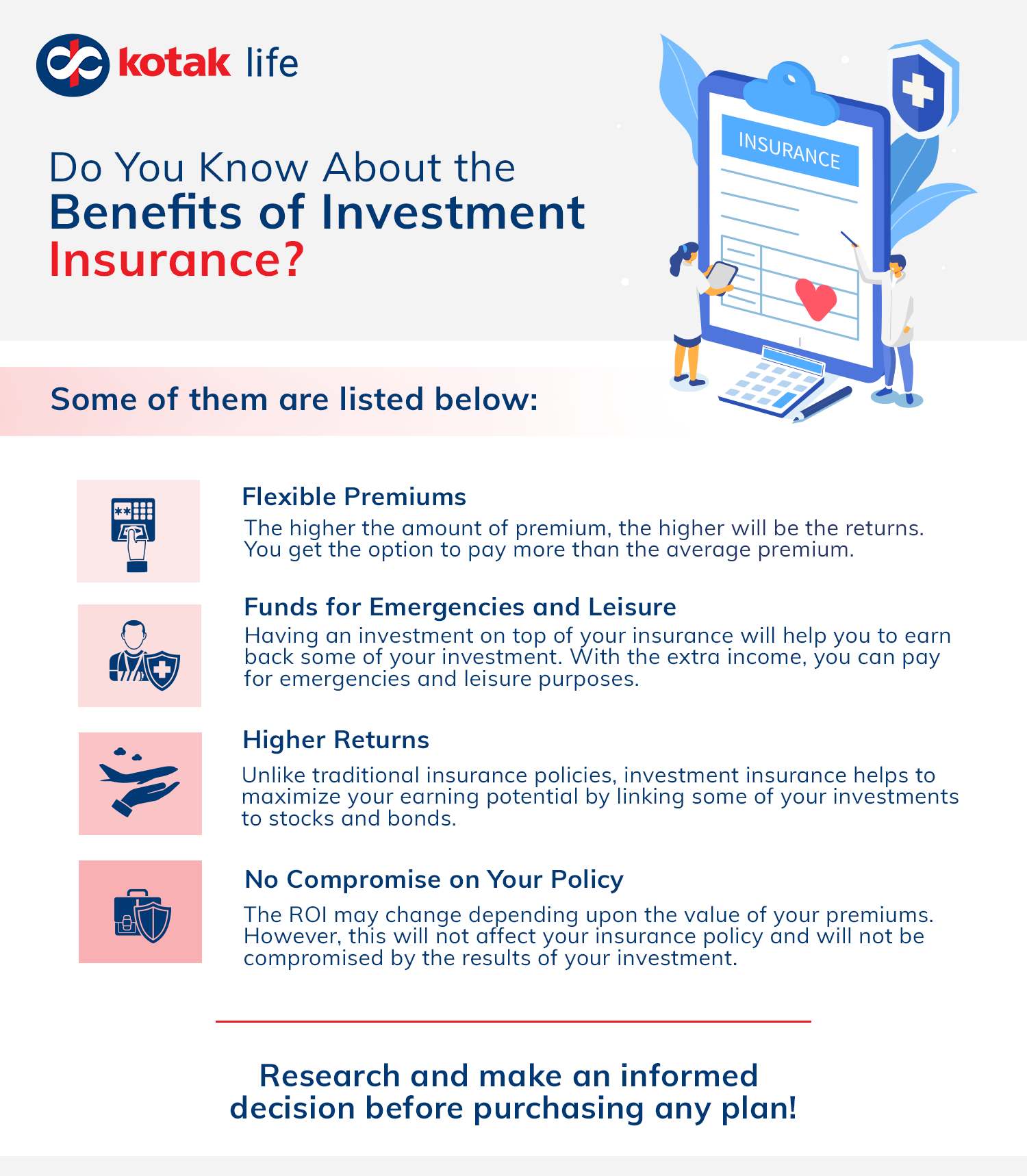Not known Facts About Pacific Prime
Not known Facts About Pacific Prime
Blog Article
An Unbiased View of Pacific Prime
Table of ContentsThings about Pacific PrimeGetting My Pacific Prime To WorkPacific Prime Can Be Fun For AnyoneGetting The Pacific Prime To WorkAn Unbiased View of Pacific Prime

This is since the information were gathered for a duration of strong financial performance. Of the estimated 42 million people who were uninsured, just about about 420,000 (about 1 percent) were under 65 years of age, the age at which most Americans end up being qualified for Medicare; 32 million were grownups in between ages 18 and 65, around 19 percent of all grownups in this age team; and 10 million were children under 18 years old, concerning 13.9 percent of all children (Mills, 2000).
These estimates of the number of persons without insurance are created from the annual March Supplement to the Current Population Study (CPS), carried out by the Demographics Bureau. Unless otherwise noted, nationwide quotes of people without medical insurance and proportions of the population with various kinds of insurance coverage are based on the CPS, one of the most widely utilized resource of estimates of insurance policy coverage and uninsurance rates.
The 10-Minute Rule for Pacific Prime

Still, the CPS is especially beneficial due to the fact that it produces annual estimates reasonably swiftly, reporting the previous year's insurance coverage estimates each September, and because it is the basis for a regular collection of price quotes for greater than two decades, enabling for analysis of patterns in coverage gradually. For these factors, in addition to the comprehensive use the CPS in other studies of insurance protection that exist in this report, we depend on CPS price quotes, with restrictions kept in mind.

The estimate of the variety of uninsured people increases when a population's insurance status is tracked for numerous years. Over a three-year period starting early in 1993, 72 million people, 29 percent of the united state population, lacked coverage for a minimum of one month. Within a solitary year (1994 this link ), 53 million people experienced at the very least a month without protection (Bennefield, 1998a)
6 out of every 10 without insurance adults are themselves used. Working does boost the possibility that one and one's family members will certainly have insurance coverage, it is not a warranty. Even members of families with two full time wage earners have practically a one-in-ten possibility of being without insurance (9.1 percent uninsured price) (Hoffman and Pohl, 2000).
The Basic Principles Of Pacific Prime
New immigrants account for a significant proportion of people without wellness insurance. One analysis has connected a significant part of the current growth in the dimension of the U.S. without insurance population to immigrants who showed up in the nation in between 1994 and 1998 (Camarota and Edwards, 2000). Recent immigrants (those who concerned the United States within the previous 4 years) do have a high price of being without insurance (46 percent), but they and their kids represent simply 6 percent of those without insurance coverage nationally (Holahan et al., 2001).
The partnership between medical insurance and access to care is well established, as recorded later in this chapter. Although the partnership in between health insurance policy and health results is neither direct neither straightforward, a substantial clinical and health and wellness solutions research literature web links medical insurance protection to better accessibility to care, far better top quality, and boosted personal and population wellness status.
Levels of analysis for examining the impacts of uninsurance. It focuses especially on those without any type of wellness insurance coverage for any kind of length of time.
8 Simple Techniques For Pacific Prime
The issues encountered by the underinsured remain in some aspects comparable to those dealt with by the uninsured, although they are normally less serious. international health insurance. Uninsurance and underinsurance, nevertheless, involve distinctly various plan problems, and the methods for resolving them may differ. Throughout this study and the 5 records to follow, the main emphasis is on individuals without any health and wellness insurance and hence no support in paying for healthcare past what is readily available through charity and safeguard establishments
Health and wellness insurance policy is a powerful aspect impacting invoice of treatment since both people and medical professionals reply to the out-of-pocket cost of services - https://pacific-prime-45752335.hubspotpagebuilder.com/blog/pacific-prime-your-trusted-source-for-comprehensive-insurance-solutions. Medical insurance, nevertheless, is neither required neither enough to access to clinical services. However, the independent and straight result of medical insurance protection on accessibility to wellness solutions is well developed.
Others will certainly obtain the health care they need also without medical insurance, by paying for it expense or seeking it from service providers who provide treatment cost-free or at highly subsidized rates. For still others, medical insurance alone does not guarantee receipt of care due to the fact that of various other nonfinancial barriers, such as a lack of healthcare providers in their neighborhood, limited accessibility to transportation, illiteracy, or etymological and social differences.
Pacific Prime Fundamentals Explained
Official research concerning uninsured populations in the United States dates to the late 1920s and early 1930s when the Committee on the Price of Treatment generated a series of reports about financing doctor workplace brows through and hospitalizations. This issue became prominent as the numbers of clinically indigent climbed up during the Great Depression.
Report this page